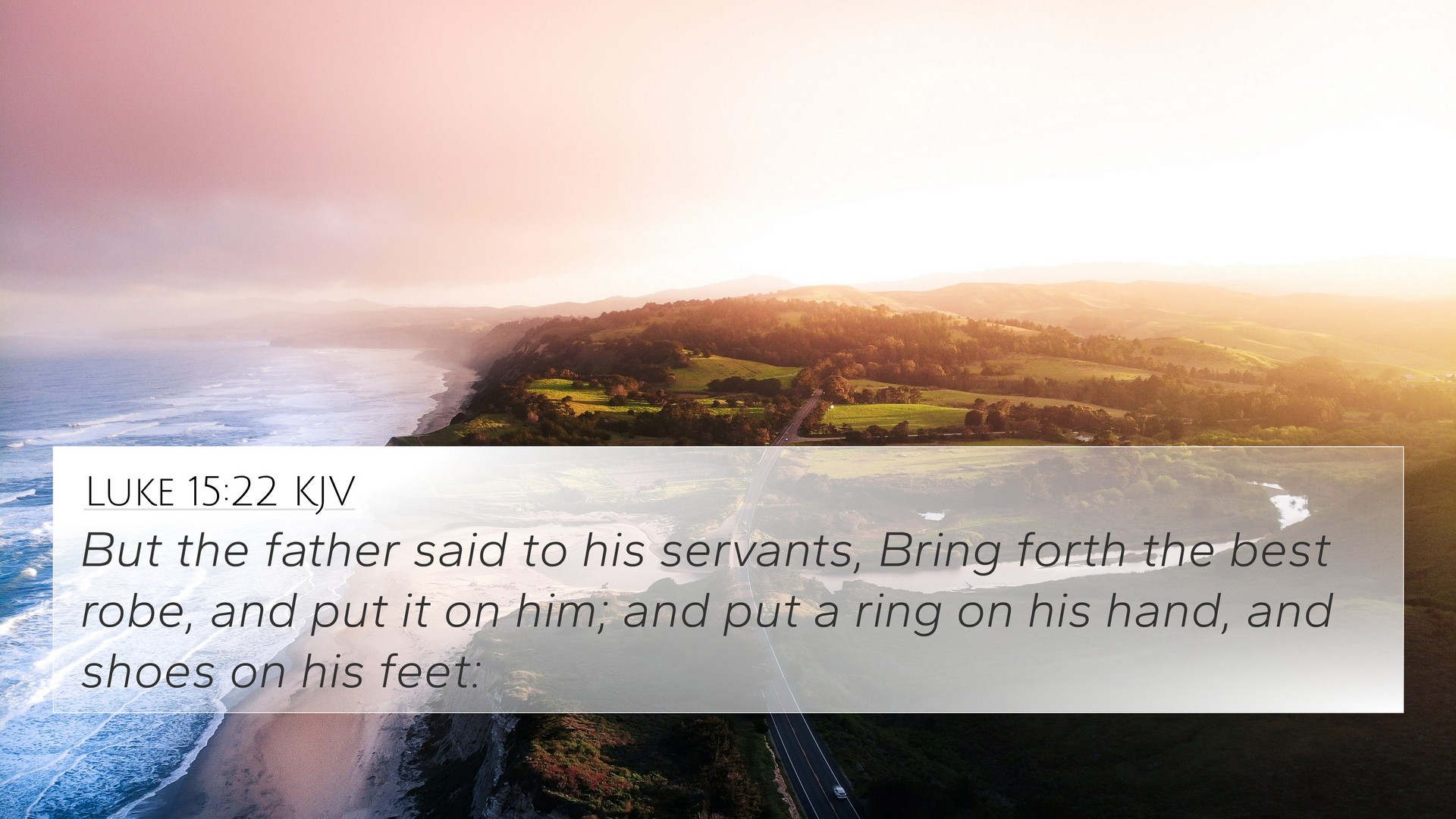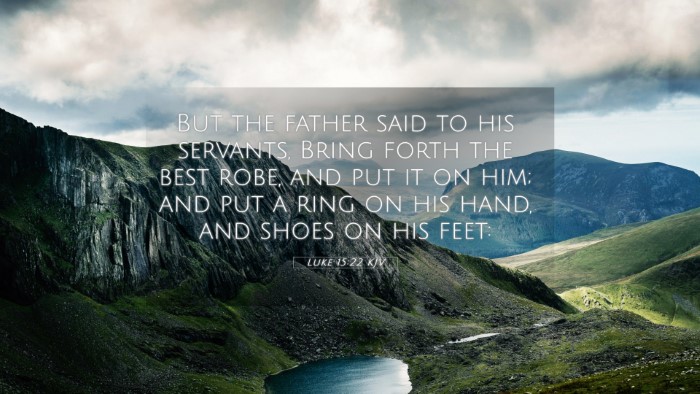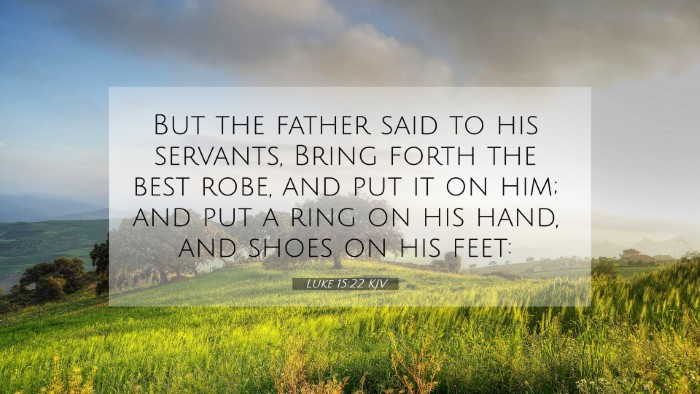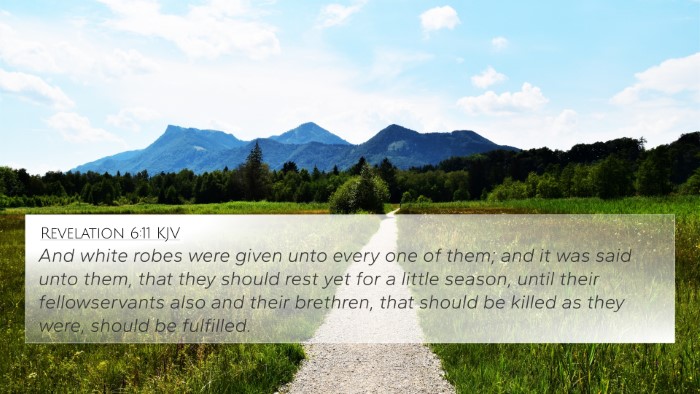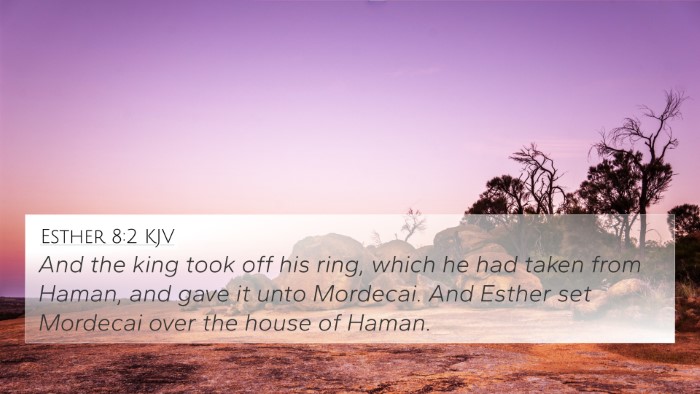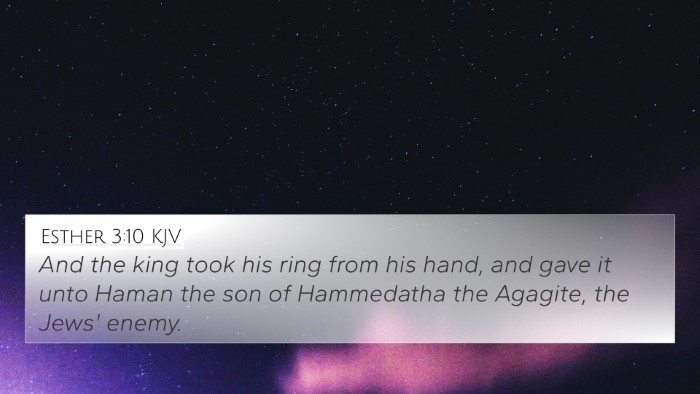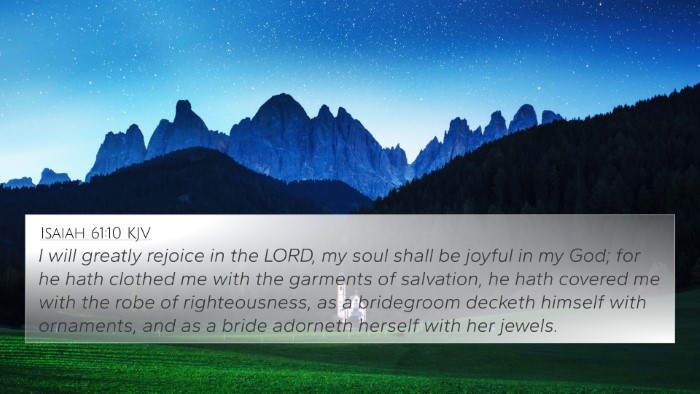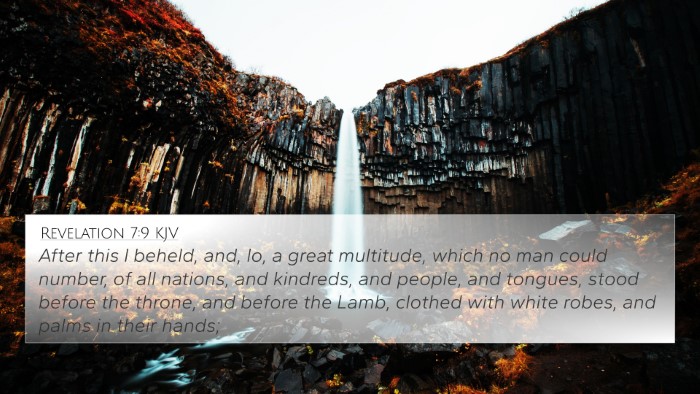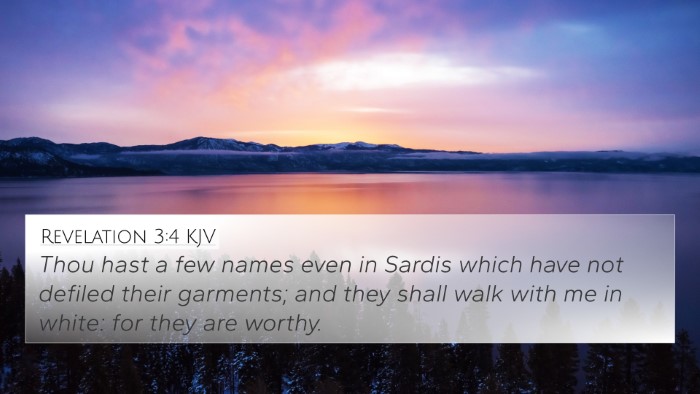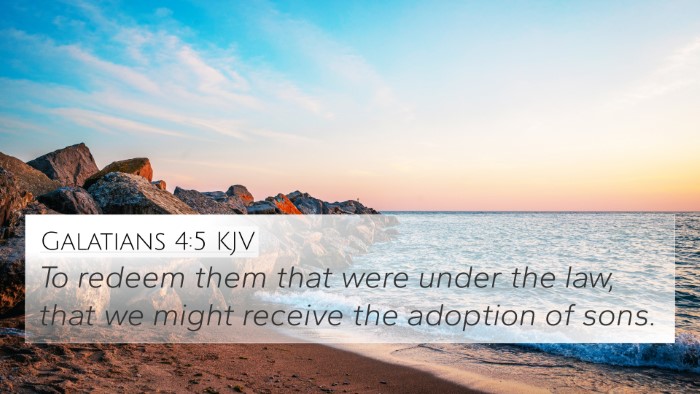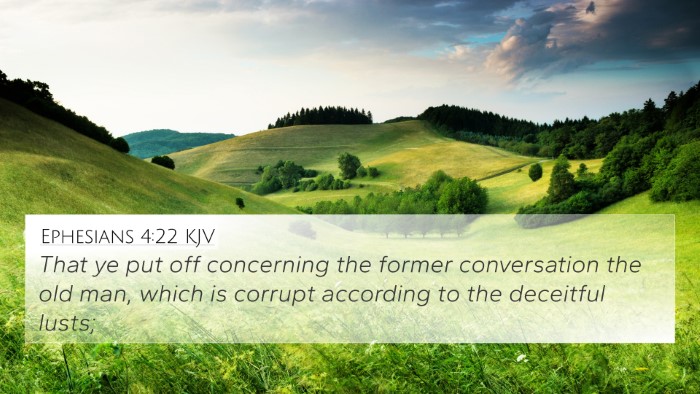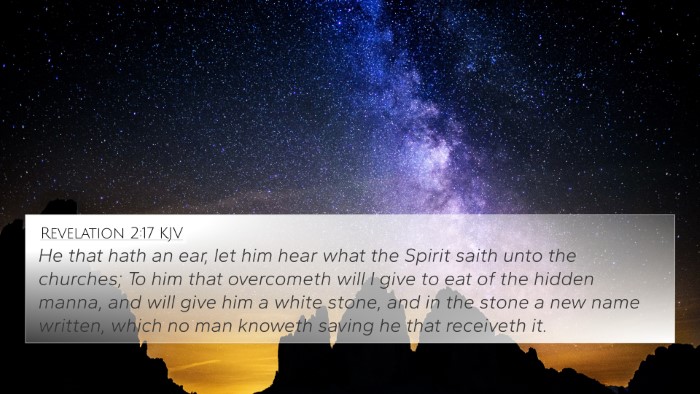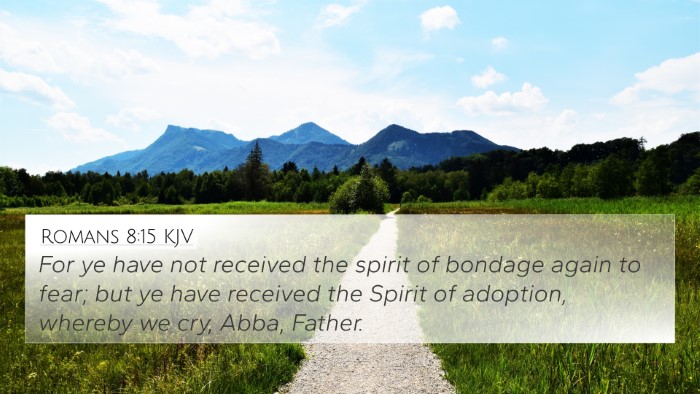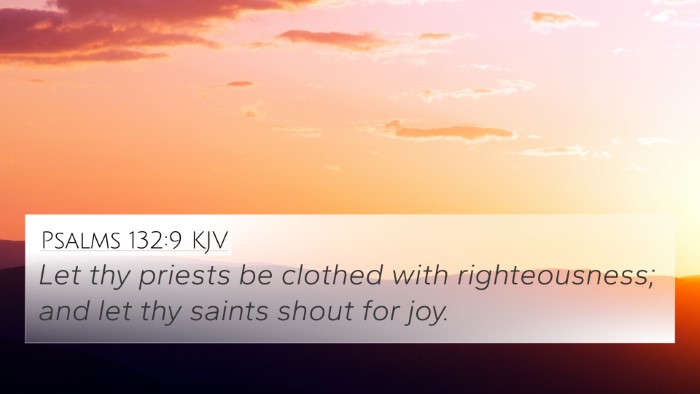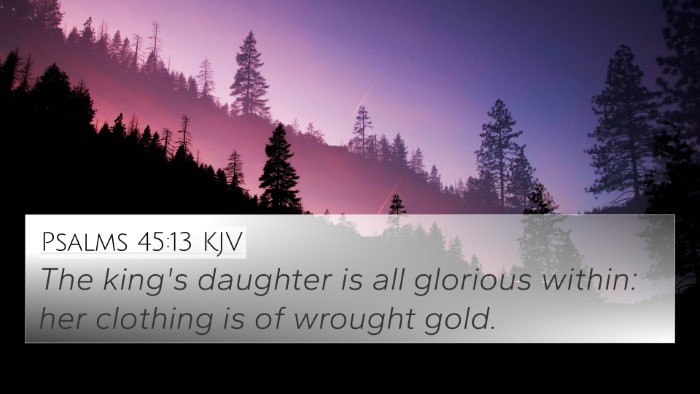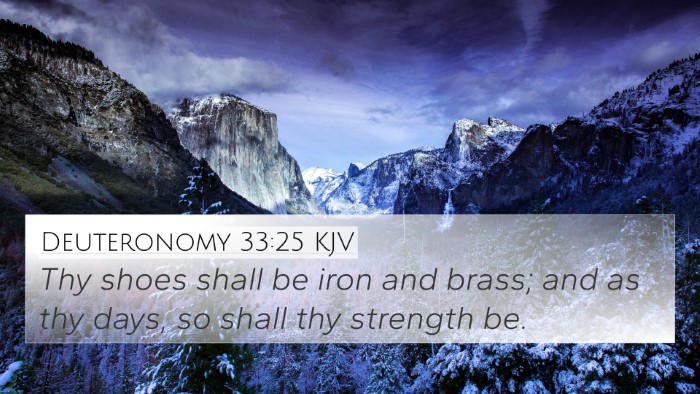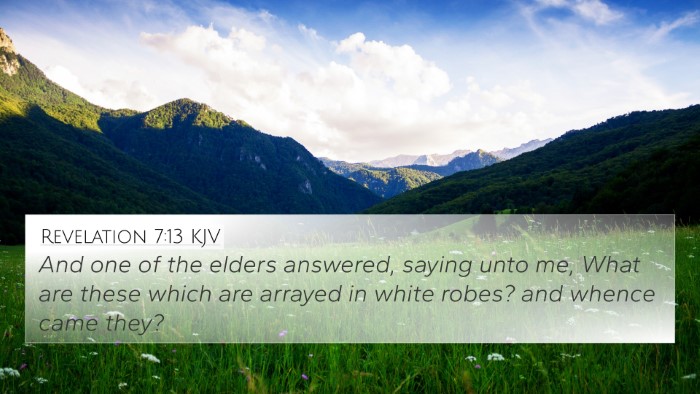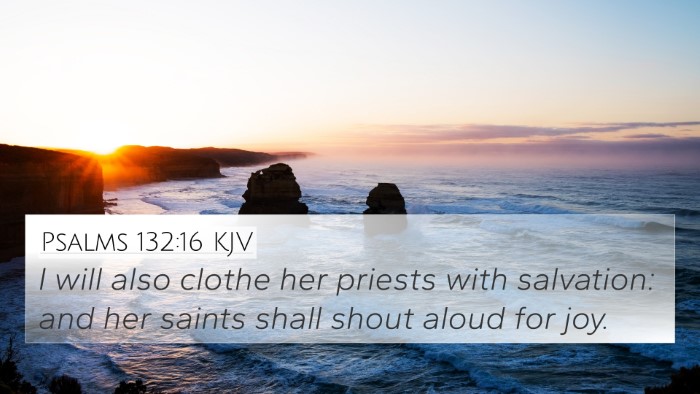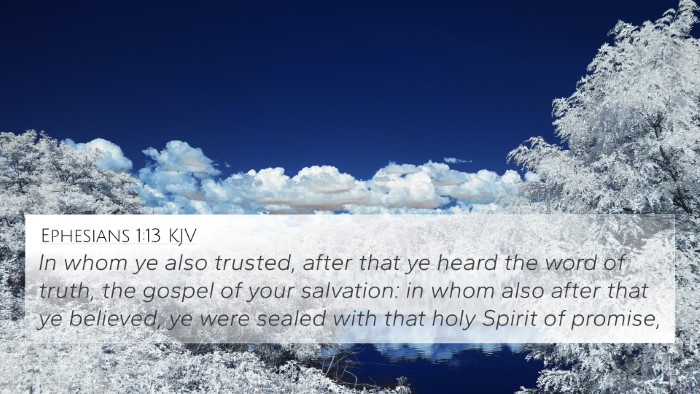Understanding Luke 15:22
Luke 15:22 states, "But the father said to his servants, 'Bring quickly the best robe, and put it on him, and put a ring on his hand, and shoes on his feet.'" This verse is a rich source of theological significance and provides deeper insight into the themes of forgiveness, restoration, and love within the parable of the Prodigal Son.
Summary of the Verse Meaning
In this verse, the father’s response to the return of his wayward son is immediate and full of love. He instructs his servants to bring the best robe, signifying honor and acceptance, and to adorn his son with a ring and shoes, which represent authority, familial relationship, and sonship. This act symbolizes the restoration of the son to his rightful place in the family after his journey of repentance.
Thematic Connections
This verse connects with various other scriptures that illustrate the theme of redemption and divine compassion. Below are key biblical cross-references:
- Genesis 41:42: Pharaoh's ring placed on Joseph's hand signifies restored authority.
- Isaiah 61:10: God bestowing garments of salvation and robes of righteousness embodies divine acceptance.
- Ephesians 2:4-5: Highlights God's mercy and love in raising us to new life.
- Romans 8:15: Discusses receiving the Spirit of adoption, affirming the familial relationship with God.
- 1 John 3:1: Proclaims the love of God, making us His children, affirming our identity as beloved ones.
- Zechariah 3:4: Joshua’s filthy garments being replaced with clean ones symbolizes spiritual cleansing and restoration.
- Matthew 22:11-12: Describes a wedding garment, representing readiness and honor in the kingdom of God.
Detailed Analysis of Luke 15:22
Contextual Background
This passage comes from the Parable of the Prodigal Son, which is intricately woven into the narrative of forgiveness. Matthew Henry elaborates on the nature of the father's character as one of abundant grace, eager to forgive and reconcile. Each element mentioned (the robe, ring, and shoes) holds significant meaning in the broader context of familial acceptance.
The Father’s Actions
Albert Barnes comments on the symbolism of the items given to the son. The robe represents honor, indicating that the father does not view his son as unworthy despite his past actions. Clarke emphasizes the importance of immediacy in the father’s response, showcasing God’s readiness to forgive upon sincere repentance. The ring showcases authority and status, while the shoes indicate that the son is treated as a true son, rather than a mere servant.
Implications of Restoration
In this act of restoration, we see a theme of reconciliation that parallels other biblical narratives of redemption. The best robe suggests that believers are clothed in righteousness through Christ, acknowledging that despite our failures, we are welcomed back into the fold with open arms. The arms of the father symbolize God’s unwavering love towards sinners.
Modern Application
This verse invites believers to reflect on their journey of faith, repentance, and acceptance. Understanding the significance of the father’s actions encourages individuals to embrace forgiveness and practice humility, reinforcing that God's love is greater than any transgression.
Conclusion
Luke 15:22 serves as a profound reminder of the grace of God towards His children. By analyzing this verse in conjunction with related scriptures, a clearer picture emerges regarding themes of acceptance, redemption, and divine love exemplified through the father's actions. Such themes resonate throughout the entire biblical narrative, encouraging believers to seek and offer forgiveness to one another.
Further Study and Resources
For those engaging in deeper studies of scriptural relationships, consider using resources that facilitate cross-referencing biblical texts. Tools like a Bible concordance or a Bible cross-reference guide can illuminate connections between verses, enhancing one's understanding of systematic theology and inter-Biblical dialogue.
Recommended Study Methods
- Cross-reference Bible study: Use tools to map connections between verses.
- Comparative Bible verse analysis: Examine thematic connections across different books of the Bible.
- Identifying connections between Old and New Testament: Look for how Jesus fulfills Old Testament prophecies, such as in the parable.
- Cross-referencing Psalms with New Testament teachings: Explore how themes in Psalms relate to Jesus' parables.
- Detailed cross-reference between Gospels: Investigate how the Synoptic Gospels present similar themes.
Final Thoughts
Ultimately, the journey through Luke 15:22, coupled with its related verses, becomes a transformative experience for readers, illustrating the heart of God towards humanity and inviting each individual into a life of grace and restoration.
